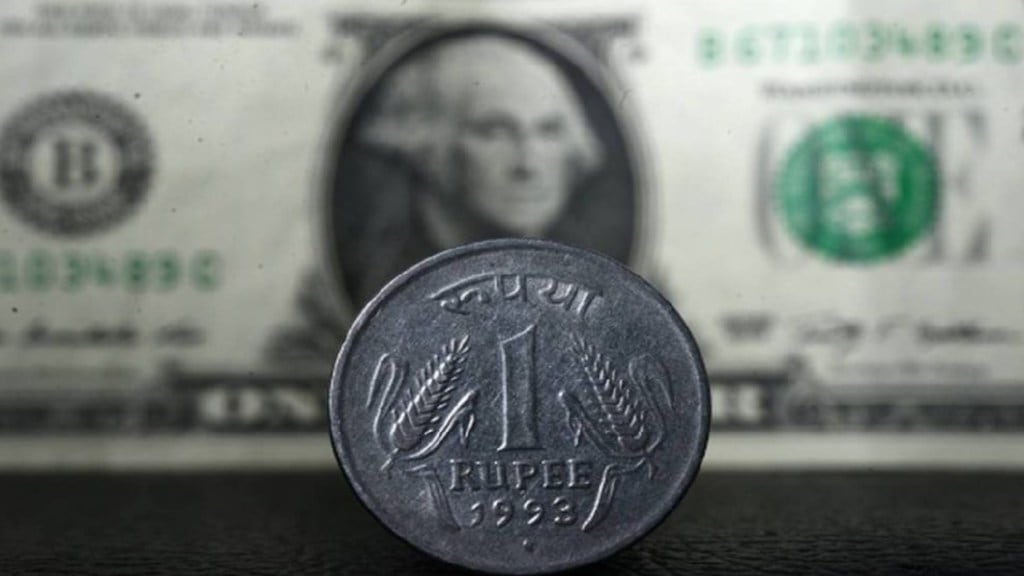The US government’s latest playbook that includes high tariffs, and now, a 20-fold hike in H1-B visa fees is keeping the Indian currency under pressure. The rupee hit another low of 88.80 on Tuesday before closing at 88.76 – down 44 paise or 0.50% from a day earlier.
The hike in H1-B visa fees to $100,000 is expected to weigh on Indian IT firms and adversely impact remittances. Since the announcement of the hike, the IT index has fallen has fallen by almost 4%.
FPI outflows deepen currency weakness
“The weak sentiment on account of H1-B visa pushed the rupee to a record low today (Tuesday). The continuous FPI outflows from equity further weighed on the currency,” said Anindya Banerjee, head of currency and commodity research at Kotak Securities. Foreign portfolio investors have offloaded equities worth $7.1 billion since July.
There was not any aggressive intervention from the Reserve Bank of India (RBI) to curb excess volatility, said forex traders. “The stop losses were triggered at 88.50, after which there was a huge fall,” said a dealer at a private sector bank. “RBI’s less aggressive intervention further weighed on the currency,” the dealer said.
Another dealer added that the historic highs of gold is also putting rupee under pressure apart from the usual oil buying.
So far in the financial year, the domestic currency fell 3.85%, making it the worst performing currency among its Asian peers in FY26. In September, the domestic currency declined 55 paise or 0.62%. The dollar index was at 97.36 on Tuesday, rebounding from three-year low following the FOMC. This has put pressure on emerging market currencies, with most of them witnessing a sharp depreciation.
RBI’s hands-off stance raises risks
The RBI is currently following a less aggressive intervention strategy as they wanted to cushion the impact of high tariffs and protect the Indian exports with a weaker currency, according to currency experts.
“With the RBI taking a hands-off approach, the market is yet to adjust to that reality. From a very controlled regime to a very open regime, it takes time for the market to adjust,” said Banerjee. With global uncertainties still in place and the less intervention expected from RBI, rupee tends to breach 89 in the near-term, he said.
According to Madhavankutty G, chief economist, Canara Bank, the currency will continue to remain under pressure as long as the tariff worries persist. “If a trade deal happens by November, the rupee should retrace to 87.50 to 88. In the absence of a deal, a move below 88 is unlikely in the near-term.”
